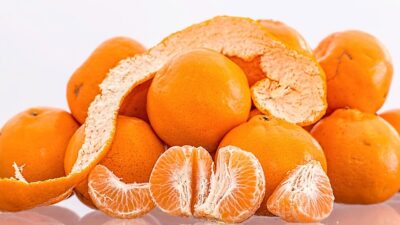Cooking is more than just a set of instructions; it’s a harmonious blend of balance and technique. "Salt, Fat, Acid, Heat," the groundbreaking book by chef and food writer Samin Nosrat, distills the essence of good cooking into four fundamental elements. Understanding and mastering these components can transform your meals from mundane to unforgettable. This guide will explore how to harness salt, fat, acid, and heat to elevate your culinary skills.
Salt: The Flavor Enhancer
Role of Salt
Salt does more than just season food; it enhances flavors and highlights the natural characteristics of ingredients. It’s a flavor amplifier that brings out the best in sweet, sour, and bitter notes.
How to Use Salt
- Season Early: Salt can penetrate food and enhance flavors over time, so seasoning meats or vegetables ahead of cooking can lead to better results.
- Taste and Adjust: Always taste your dish at different stages of cooking! This will help you understand how the flavor develops and when to add more salt.
- Different Types of Salt: Experiment with different salts, such as kosher, sea, and flaky salts, to understand how their texture and flavor differ.
Fat: The Flavor Carrier
The Importance of Fat
Fat is a crucial medium for flavor, acting as a carrier for various tastes and aromas. It contributes to texture, mouthfeel, and richness, making dishes more satisfying.
How to Use Fat
- Types of Fat: Different fats (olive oil, butter, bacon fat, etc.) have distinct flavors and properties. Choose fats wisely according to the dish you’re preparing.
- Temperature Control: Use fats at the right temperature. For example, butter can brown and add flavor when heated to just the right point, while olive oil can provide a lush finish when drizzled over a dish.
- Layering Flavors: You can use fats to carry various flavors, such as infusing olive oil with garlic or herbs to create a more complex base for your dishes.
Acid: The Brightener
The Power of Acid
Acid is essential for balancing flavors and adding brightness to dishes. It can transform a dish from bland to brilliant by enhancing other flavors and cutting through richness.
How to Use Acid
- Types of Acids: Familiarize yourself with different acids such as vinegar, citrus juice, and fermented products like yogurt. Each type has its unique flavor profile.
- Finishing Touch: A splash of acidity at the end of cooking can elevate a dish. Consider adding lemon juice to a sauce or vinegar to a salad.
- Balancing Act: Learn to balance acidity with sweetness, salt, and fat to create a harmonious flavor profile that excites the palate.
Heat: The Cooking Technique
Understanding Heat
Heat is the element that transforms raw ingredients into delectable dishes. Mastering different cooking techniques—roasting, sautéing, braising, etc.—allows for the exploration of flavors and textures.
How to Use Heat
- Know Your Techniques: Each cooking method impacts flavor and texture. Roasting concentrates flavors, while boiling softens and hydrates.
- Temperature Control: Understanding how to control heat, whether high for searing or low for simmering, is vital to achieving desired results.
- Cooking Time: Pay attention to cooking times, as overcooking can lead to loss of flavor and texture, while undercooking can leave food unpalatable.
Conclusion
By mastering salt, fat, acid, and heat, you can elevate your cooking to new heights. These four elements serve as the foundation of flavorful meals, enabling you to experiment and innovate in the kitchen. The next time you step into your culinary space, remember: it isn’t just about following recipes; it’s about understanding the relationships between these essential components. Happy cooking!



